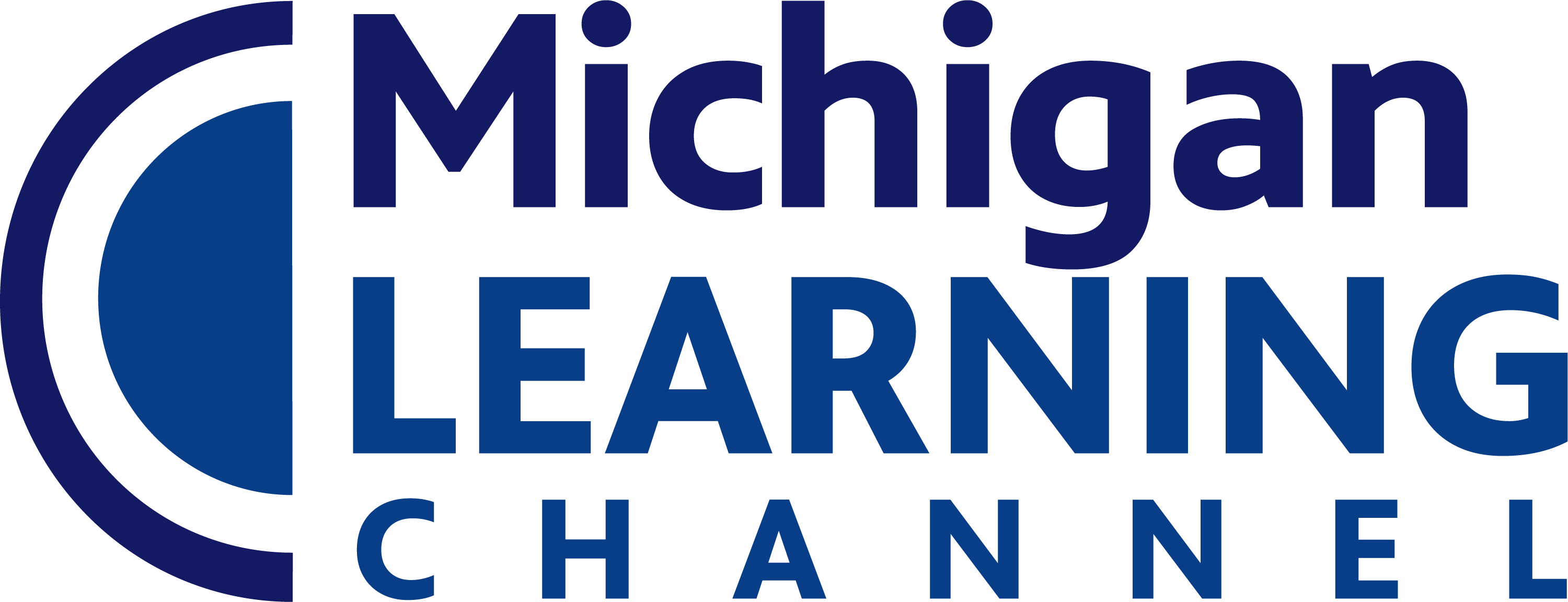Subjects
Shows
Provide a concluding statement or section that follows from the information or explanation presented.
Write narratives to develop real or imagined experiences or events using effective technique, relevant descriptive details, and well-structured event sequences.
Engage and orient the reader by establishing a context and introducing a narrator and/or characters; organize an event sequence that [...]
Use narrative techniques, such as dialogue, pacing, and description, to develop experiences, events, and/or characters.
Use a variety of transition words, phrases, and clauses to convey sequence and signal shifts from one time frame or [...]
Use precise words and phrases, relevant descriptive details, and sensory language to convey experiences and events.
Cite textual evidence to support analysis of what the text says explicitly as well as inferences drawn from the text.
By the end of the year, read and comprehend literature, including stories, dramas, and poems, in the grades 6–8 text [...]
Determine a theme or central idea of a text and how it is conveyed through particular details; provide a summary [...]
Describe how a particular story’s or drama’s plot unfolds in a series of episodes as well as how the characters [...]
Determine the meaning of words and phrases as they are used in a text, including figurative and connotative meanings; analyze [...]
Analyze how a particular sentence, chapter, scene, or stanza fits into the overall structure of a text and contributes to [...]
Explain how an author develops the point of view of the narrator or speaker in a text.
Compare and contrast the experience of reading a story, drama, or poem to listening to or viewing an audio, video, [...]
Compare and contrast texts in different forms or genres (e.g., stories and poems; historical novels and fantasy stories) in terms [...]
Cite textual evidence to support analysis of what the text says explicitly as well as inferences drawn from the text.
By the end of the year, read and comprehend literary nonfiction in the grades 6–8 text complexity band proficiently, with [...]
Determine a central idea of a text and how it is conveyed through particular details; provide a summary of the [...]
Analyze in detail how a key individual, event, or idea is introduced, illustrated, and elaborated in a text (e.g., through [...]
Determine the meaning of words and phrases as they are used in a text, including figurative, connotative, and technical meanings.
Analyze how a particular sentence, paragraph, chapter, or section fits into the overall structure of a text and contributes to [...]
Determine an author’s point of view or purpose in a text and explain how it is conveyed in the text.
Integrate information presented in different media or formats (e.g., visually, quantitatively) as well as in words to develop a coherent [...]
Trace and evaluate the argument and specific claims in a text, distinguishing claims that are supported by reasons and evidence [...]
Evaluate expressions at specific values for their variables. Include expressions that arise from formulas in real-world problems. Perform arithmetic operations, [...]
Apply the properties of operations to generate equivalent expressions. For example, apply the distributive property to the expression 3(2 + [...]
Identify when two expressions are equivalent (i.e., when the two expressions name the same number regardless of which value is [...]
Understand solving an equation or inequality as a process of answering a question: which values from a specified set, if [...]
Use variables to represent numbers and write expressions when solving a real-world or mathematical problem; understand that a variable can [...]
Solve real-world and mathematical problems by writing and solving equations of the form x + p = q and px [...]
Write an inequality of the form x > c or x < c to represent a constraint or condition in [...]
Use variables to represent two quantities in a real-world problem that change in relationship to one another; write an equation [...]
Recognize a statistical question as one that anticipates variability in the data related to the question and accounts for it [...]
Understand that a set of data collected to answer a statistical question has a distribution which can be described by [...]
Recognize that a measure of center for a numerical data set summarizes all of its values with a single number, [...]
Display numerical data in plots on a number line, including dot plots, histograms, and box plots.
Summarize and describe distributions. Summarize numerical data sets in relation to their context, such as by:
Describing the nature of the attribute under investigation, including how it was measured and its units of measurement.
Giving quantitative measures of center (median and/or mean) and variability (interquartile range and/or mean absolute deviation), as well as describing [...]
Relating the choice of measures of center and variability to the shape of the data distribution and the context in [...]
Use ratio reasoning to convert measurement units; manipulate and transform units appropriately when multiplying or dividing quantities.
Interpret and compute quotients of fractions, and solve word problems involving division of fractions by fractions, e.g., by using visual [...]
Fluently add, subtract, multiply, and divide multi-digit decimals using the standard algorithm for each operation.
Find the greatest common factor of two whole numbers less than or equal to 100 and the least common multiple [...]
Understand that positive and negative numbers are used together to describe quantities having opposite directions or values (e.g., temperature above/below [...]
Understand a rational number as a point on the number line. Extend number line diagrams and coordinate axes familiar from [...]
Recognize opposite signs of numbers as indicating locations on opposite sides of 0 on the number line; recognize that the [...]
Understand signs of numbers in ordered pairs as indicating locations in quadrants of the coordinate plane; recognize that when two [...]
Subjects
Shows
Provide a concluding statement or section that follows from the information or explanation presented.
Write narratives to develop real or imagined experiences or events using effective technique, relevant descriptive details, and well-structured event sequences.
Engage and orient the reader by establishing a context and introducing a narrator and/or characters; organize an event sequence that [...]
Use narrative techniques, such as dialogue, pacing, and description, to develop experiences, events, and/or characters.
Use a variety of transition words, phrases, and clauses to convey sequence and signal shifts from one time frame or [...]
Use precise words and phrases, relevant descriptive details, and sensory language to convey experiences and events.
Cite textual evidence to support analysis of what the text says explicitly as well as inferences drawn from the text.
By the end of the year, read and comprehend literature, including stories, dramas, and poems, in the grades 6–8 text [...]
Determine a theme or central idea of a text and how it is conveyed through particular details; provide a summary [...]
Describe how a particular story’s or drama’s plot unfolds in a series of episodes as well as how the characters [...]
Determine the meaning of words and phrases as they are used in a text, including figurative and connotative meanings; analyze [...]
Analyze how a particular sentence, chapter, scene, or stanza fits into the overall structure of a text and contributes to [...]
Explain how an author develops the point of view of the narrator or speaker in a text.
Compare and contrast the experience of reading a story, drama, or poem to listening to or viewing an audio, video, [...]
Compare and contrast texts in different forms or genres (e.g., stories and poems; historical novels and fantasy stories) in terms [...]
Cite textual evidence to support analysis of what the text says explicitly as well as inferences drawn from the text.
By the end of the year, read and comprehend literary nonfiction in the grades 6–8 text complexity band proficiently, with [...]
Determine a central idea of a text and how it is conveyed through particular details; provide a summary of the [...]
Analyze in detail how a key individual, event, or idea is introduced, illustrated, and elaborated in a text (e.g., through [...]
Determine the meaning of words and phrases as they are used in a text, including figurative, connotative, and technical meanings.
Analyze how a particular sentence, paragraph, chapter, or section fits into the overall structure of a text and contributes to [...]
Determine an author’s point of view or purpose in a text and explain how it is conveyed in the text.
Integrate information presented in different media or formats (e.g., visually, quantitatively) as well as in words to develop a coherent [...]
Trace and evaluate the argument and specific claims in a text, distinguishing claims that are supported by reasons and evidence [...]
Evaluate expressions at specific values for their variables. Include expressions that arise from formulas in real-world problems. Perform arithmetic operations, [...]
Apply the properties of operations to generate equivalent expressions. For example, apply the distributive property to the expression 3(2 + [...]
Identify when two expressions are equivalent (i.e., when the two expressions name the same number regardless of which value is [...]
Understand solving an equation or inequality as a process of answering a question: which values from a specified set, if [...]
Use variables to represent numbers and write expressions when solving a real-world or mathematical problem; understand that a variable can [...]
Solve real-world and mathematical problems by writing and solving equations of the form x + p = q and px [...]
Write an inequality of the form x > c or x < c to represent a constraint or condition in [...]
Use variables to represent two quantities in a real-world problem that change in relationship to one another; write an equation [...]
Recognize a statistical question as one that anticipates variability in the data related to the question and accounts for it [...]
Understand that a set of data collected to answer a statistical question has a distribution which can be described by [...]
Recognize that a measure of center for a numerical data set summarizes all of its values with a single number, [...]
Display numerical data in plots on a number line, including dot plots, histograms, and box plots.
Summarize and describe distributions. Summarize numerical data sets in relation to their context, such as by:
Describing the nature of the attribute under investigation, including how it was measured and its units of measurement.
Giving quantitative measures of center (median and/or mean) and variability (interquartile range and/or mean absolute deviation), as well as describing [...]
Relating the choice of measures of center and variability to the shape of the data distribution and the context in [...]
Use ratio reasoning to convert measurement units; manipulate and transform units appropriately when multiplying or dividing quantities.
Interpret and compute quotients of fractions, and solve word problems involving division of fractions by fractions, e.g., by using visual [...]
Fluently add, subtract, multiply, and divide multi-digit decimals using the standard algorithm for each operation.
Find the greatest common factor of two whole numbers less than or equal to 100 and the least common multiple [...]
Understand that positive and negative numbers are used together to describe quantities having opposite directions or values (e.g., temperature above/below [...]
Understand a rational number as a point on the number line. Extend number line diagrams and coordinate axes familiar from [...]
Recognize opposite signs of numbers as indicating locations on opposite sides of 0 on the number line; recognize that the [...]
Understand signs of numbers in ordered pairs as indicating locations in quadrants of the coordinate plane; recognize that when two [...]


